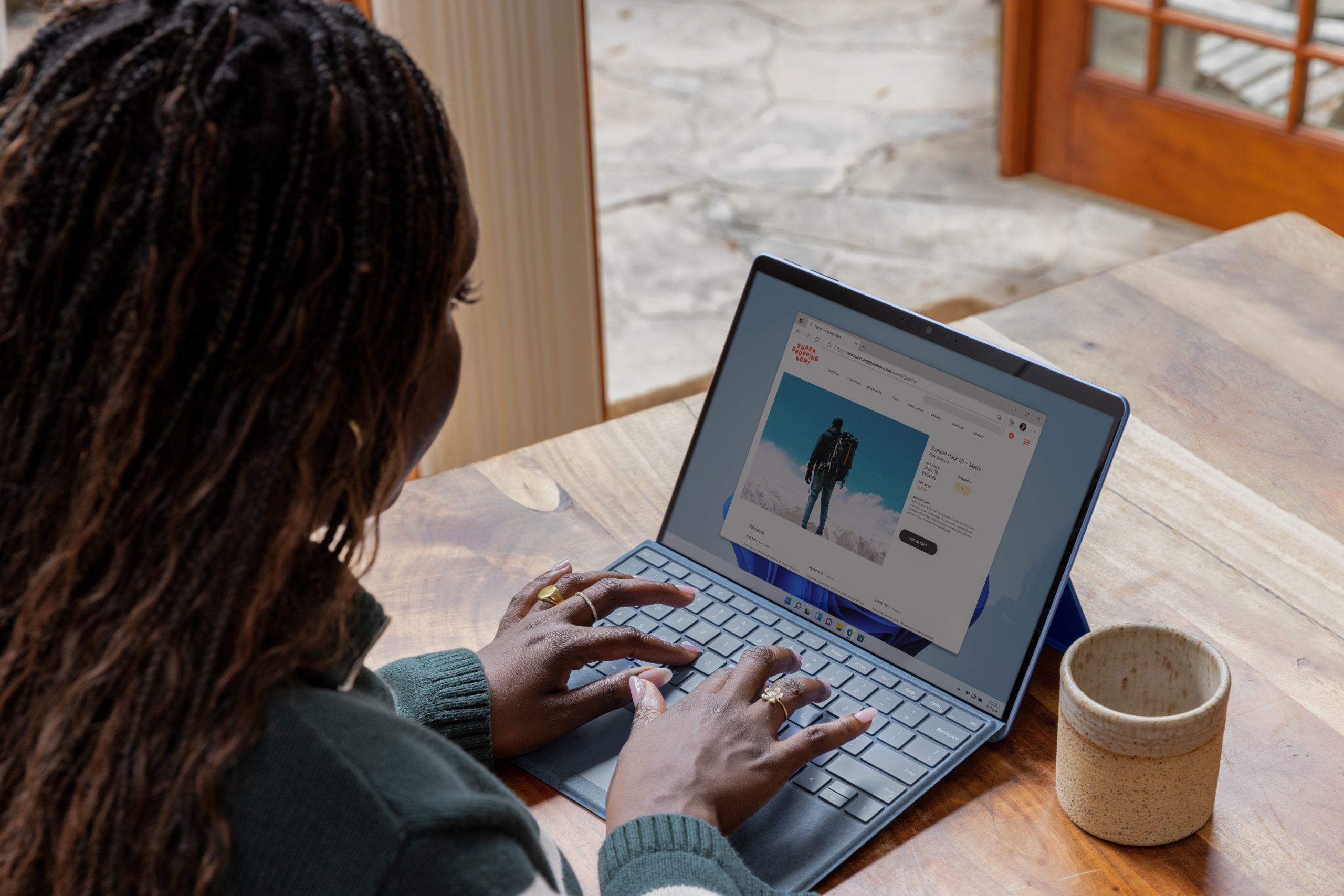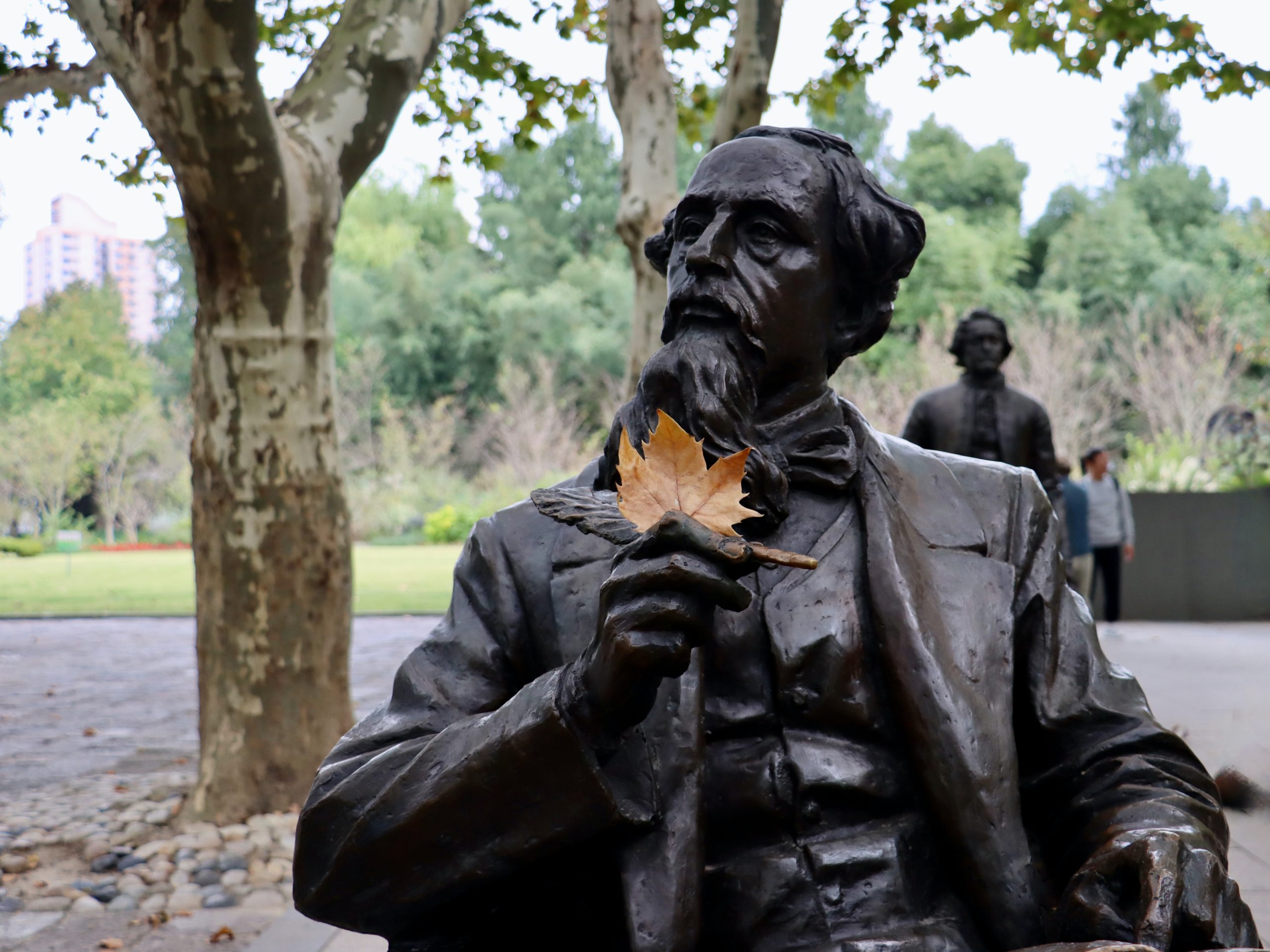
“My sister is always talking about God and heaven and how Jesus has a mansion waiting for us after we die, so I asked her: if heaven is so great, what’s the point of living here on earth?” she said.
“Let’s just cut to the chase,” I responded. “What’s the point of living, period?”
That’s just one version of this conversation, which I’ve had with surprising frequency over the last few weeks. It goes beyond a sense of ennui and restlessness, even beyond the typical navel-gazing of existentialism. “What is the point of this?” is the euphemism we use because the alternative is too difficult to say out loud: What is all of this pain for?
Acting wasn’t on my bucket list, and yet a confluence of opportunity and availability has given me the chance to play Frederick Douglass on stage (you can learn more about it here). I’ve only been doing it for a couple of months, but I’ve already learned that acting is not about pretending to have an emotion; acting is the ability to summon the real emotion at will, and to speak and perform through that emotion by connecting feeling, language and movement. I have most of the language down (as it turns out, learning lines isn’t that hard), and I’m understanding the movement better. The emotions though, that’s where I keep running into problems.
I was discussing this with my director during rehearsal. He was the one who told me that acting is having the emotion. As he was talking, I closed my eyes and began breathing deeply. I imagined myself breathing in his words, trying to take in the message like oxygen, making them critical to my life. I listened, and I started to understand what he was saying. Connecting the language and the movement to the feeling, that was the key. I had to find my feelings.
The only time I feel most emotions is when I’m high. I used to think that smoking weed heightened my experiences. I was smoking with my ex once, and we’d bought a bunch of candy to eat. She started eating before I’d filled the pipe. “Why are you eating it now? Don’t you want to wait until after we smoke so that it tastes better?” I asked. “It tastes the same to me either way,” she said. I thought that everyone’s experience was the same as mine- that jokes were funnier, food tasted better, sex was more enjoyable after smoking.
What I didn’t realize at the time was that weed wasn’t making things better for me. It was allowing me to connect with a range of emotions that were locked away behind a concrete wall for most of my life. Things felt and tasted better because I could fully experience the sensation of enjoying them. This worked in the opposite direction too- if I smoked when I was anxious, it didn’t suddenly cheer me up. Instead, I became much more anxious as my inebriation tore down the wall around my feelings.
I haven’t been able to access my feelings without being high, until I was listening to my director talk to me. I was able to finally touch the feelings that had so much protection around them. I burst into tears because all I found was sadness. A deep, endless sadness, built up over thirty years but hidden away from even myself. The kind of sadness that recoils from the touch, but desperately wants to be touched all the same, and lashes out and yearns in random, alternating moments. It felt impenetrable, and sobbing uncontrollably did nothing to lessen it.
“How am I supposed to act,” I asked, “If the only thing I feel when I find my emotions is sadness?”
Many years ago, a therapist taught me that anger is a secondary emotion, a response to an event which causes a primary emotion, usually something like pain, loss or sadness. Anger is almost a defensive measure in that sense, transforming the coldness and lethargy of hurt into the heat and kineticism of rage. Anger has been my defense mechanism of choice for most of my life. It was too difficult to deal with the sadness; lock it up, throw away the key, and post anger as the guard to the door. Weed took out the guards, and cracked the door open, and every once in a while, something other than sadness would sneak out into the rest of me.
Now, I’ve discovered that art does that for me as well. I listen to music so often and so loudly that I’ve damaged my hearing, but that’s a small price to pay to be able to engage with my emotions when I’m listening to a song. I discovered about two years ago that singing makes me feel better when I’m angry. Learning how to act has been an experience in learning how to climb over the wall I’ve built, and it has begun to affect how I interact with art in other ways too. I cried last night while working on a story. I cried this morning while reading the introduction to a collection of short stories.
There was nothing sad about the story I was writing or the book I was reading. Art has given me a way to access parts of myself, and that means moving through a great deal of sadness. I’m okay with that; I’d rather be on the verge of tears while watching television than trying to contain my own wrath. Yet there’s still something beyond the sadness, and that’s the hurt. And beyond the hurt are all of those positive emotions that I want to be able to feel. Before I can do that though, I have to ask the questions which I’ve heard from others too: Why have I been hurt? What did I do to deserve this hurt? How do I stop hurting? And what is all this hurt for?
Back in high school, I wrote in my notebook, “What is the meaning of life?” One of my friends saw it and wrote back, “Life has no meaning, idiot. It’s up to you to give it meaning.” That goes for the hurt we experience as well. There’s no point to it, or lesson or grace in pain for its own sake. People hurt each other, and an indifferent universe hurts us too. These things just simply happen. We can connect that hurt to an experience though, and make that experience into something beautiful- words on a page, or music in the air, or movement on a stage. Art is our conversation with ourselves and each other, our connection to the depths of our own experience and the breadth of human existence. You don’t need pain to create art (that “tortured artist” trope is ridiculous), but art comes from our attempt to make sense of the pain. Art doesn’t provide a point to the hurt, or to living in general. But maybe it provides us with something better than an explanation: a lovely way to deal with the hurt.










